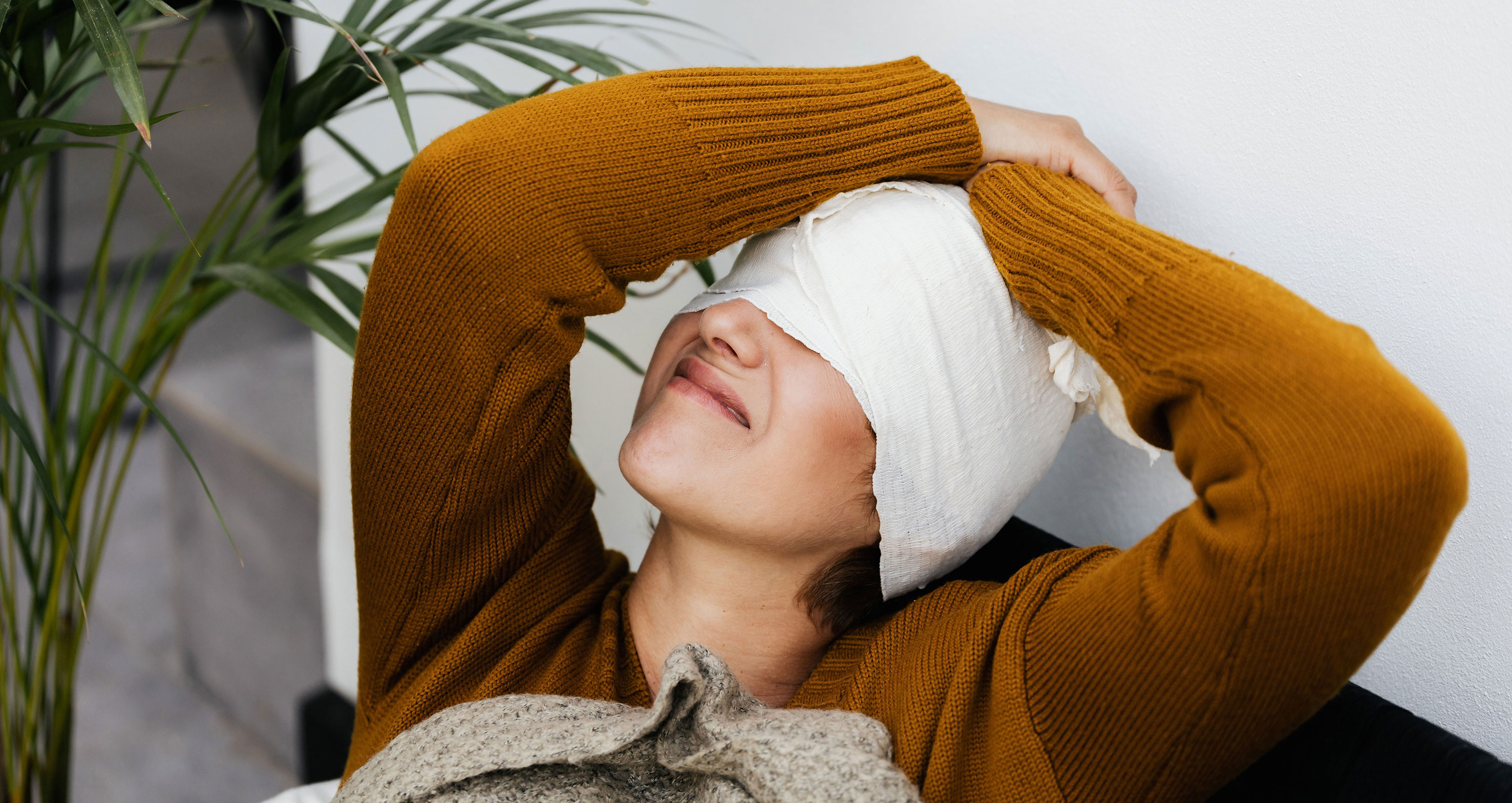More than a million people visit the Accident and Emergency department of a hospital each year after sustaining a head injury. While many of these people thankfully make a full recovery, a significant proportion experience a traumatic brain injury (TBI), which can have serious and potentially lifelong consequences.

A TBI occurs after an injury to the head. These are divided into three main categories:
- Closed Head Injury. Closed head injuries are the most common type and are characterised by the fact that there is no breakage of the skin. They commonly occur due to rapid deceleration or acceleration, such as can happen during a vehicle accident or in high-impact sports. As the head moves, the brain bangs against the skull which can twist, stretch and tear delicate brain fibres.
- Open Head Injury. An open head injury occurs when the skull itself is opened, exposing and damaging the brain. This can be caused by things like colliding with sharp objects, being struck by a falling object or a bullet entering the skull. Skull fragments or foreign objects may enter and damage the brain.
- Crushing head Injury. The least common form of head injury, crushing occurs when the head is pressed between two solid objects, such as a road and a car wheel. Crushing head injuries often damage the brain stem's nerves and the skull base.
A TBI can produce an extremely wide and diverse range of effects depending on factors such as severity, type and location of the head injury. Effects include:
- Cognitive effects such as loss of consciousness, coma, reduced attention span, amnesia and decreased awareness.
- Communicative effects like aphasia, agraphia, alexia and apraxia.
- Functional effects such as problems with everyday activities like eating, dressing, driving and bathing.
- Regulatory effects like dizziness, headaches, fatigue and continence issues.
- Psychiatric effects such as apathy, irritability, depression and anxiety.
Many people who have a TBI also experience an array of issues with motor control and movement. These include:
- Spasticity. The limbs may become weak and/or stiff, limiting the range of movement and causing pain. In many cases, one side of the body is more affected than the other by spasticity.
- Ataxia. This condition causes uncontrolled and irregular tremors and movements of the limbs, which can have severe effects on coordination.
- Sensory Impairments. A person with a TBI can have problems with proprioception, making it difficult for them to know the position of their limbs without visual confirmation. The sensation of touch can be exaggerated, reduced or even lost entirely.
Jobskin® offer a range of therapeutic medical garments that can help people with TBIs in the process of rehabilitation. These include dynamic compression garments from our leading SDO® (Sensory Dynamic Orthosis) collection, which deliver constant, consistent compression that provide improvements in postural stability and musculoskeletal alignment which increasing proprioceptive and sensory feedback. Our selection of made-to-measure corsets and ready-to-wear and made-to-measure gaiters can also help by providing stabilisation, immobilisation and support, improving function and reducing pain.
Headway is a UK charity that 'works to improve life after brain injury by providing vital support and information services'. You can visit their website at https://www.headway.org.uk/
For more details about Jobskin® garments designed to deliver exceptional therapeutic value to patients with TBI, please browse our website and do not hesitate to get in touch for further information, advice and support.
Image credit: Karolina Grabowska, 2020. Available at: https://www.pexels.com